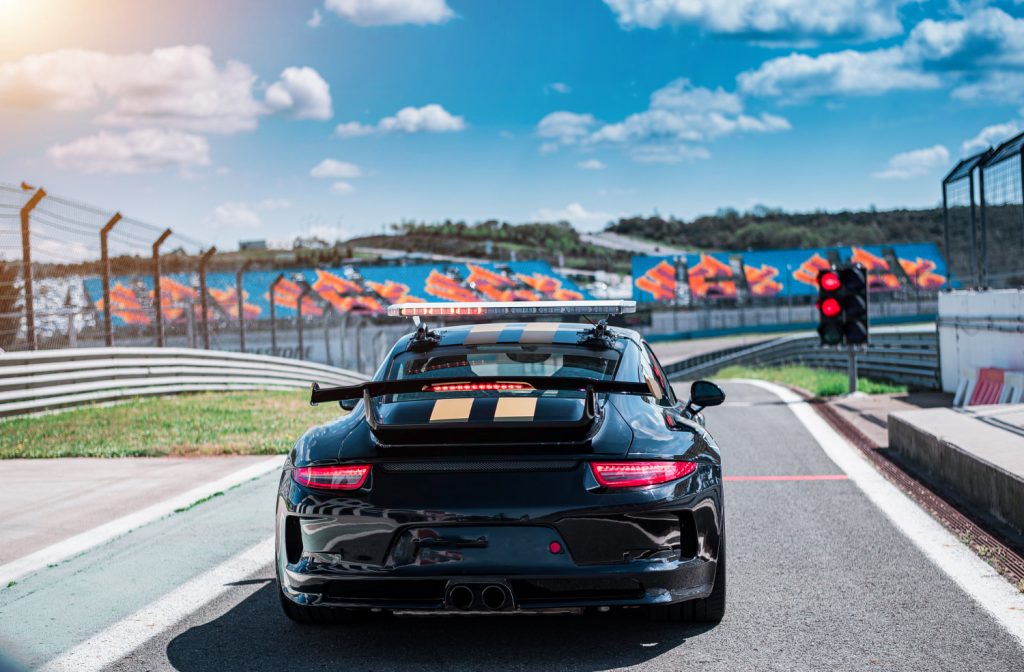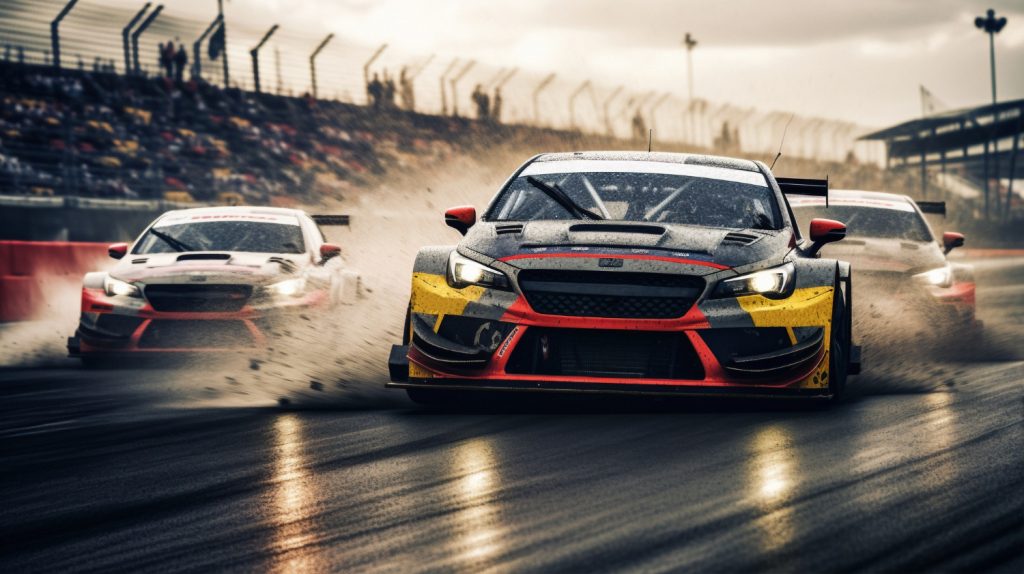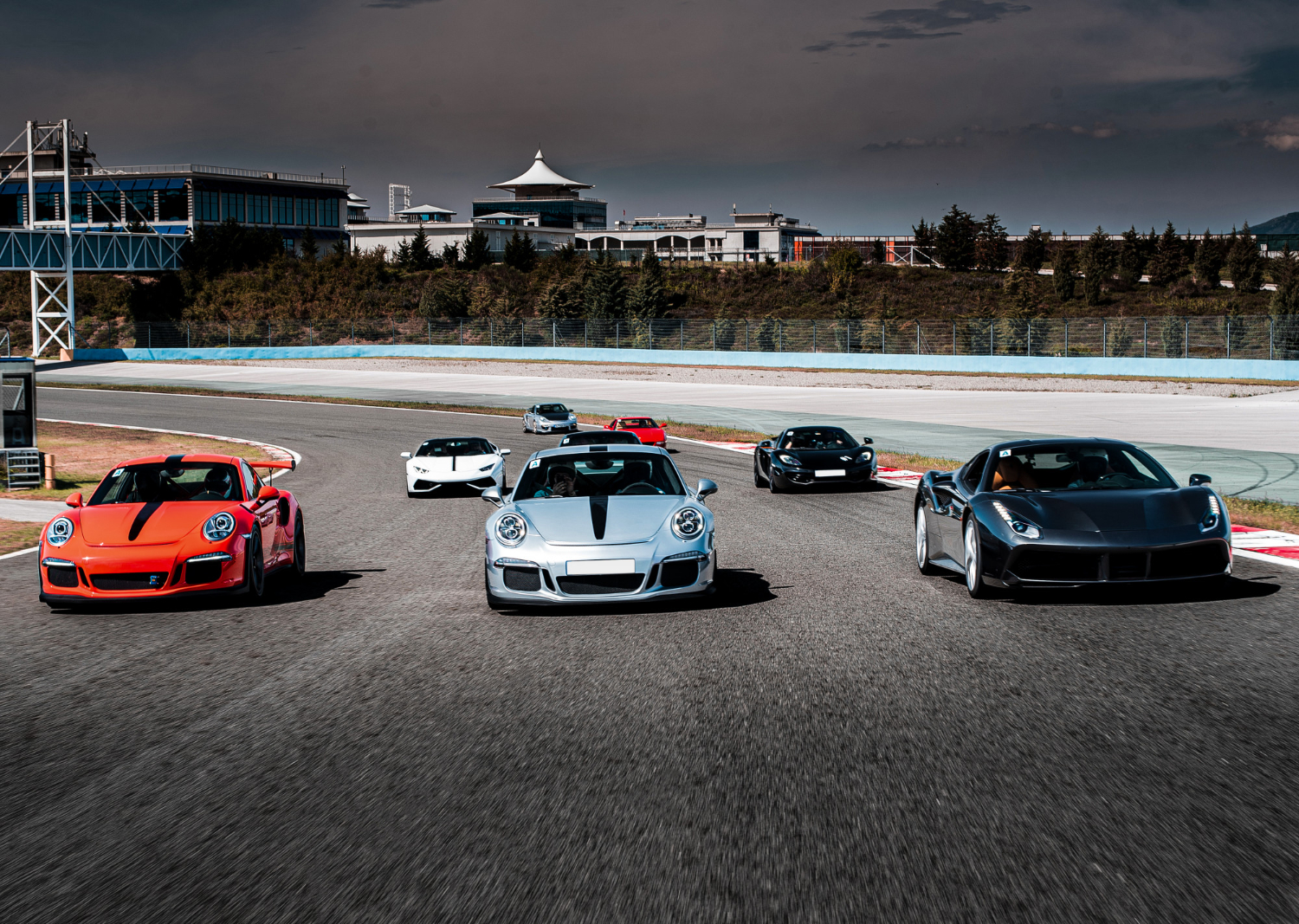As the NASCAR season nears its peak while Phoenix Raceway is all geared up for the exciting finale, we can see that four drivers are competing for the championship. The Phoenix Cup Finale is a season-ending race that acts as a dramatic climax. A driver’s position in relation to the three other contenders will determine who lifts the highly sought after Cup trophy. Larson, Blaney, Elliott, and Byron are all strong competitors, but circumstantial factors like the playoff scenario, tie-breaker rules, and the unique duel strategies of Phoenix require one to have clarity while making the bends.
Playoff Format and Championship 4 at Phoenix

NASCAR’s championship-deciding strategy formats the last four drivers into a winner-takes-all showdown. Like in all situations in Sprint Cup, they start on an equal level without the advantage of any previously held points, meaning none of the points scored in previous rounds are carried forward; the winner of the Championship 4 running on Sunday’s 312 lap race is the one who finishes furthest in the Championship 4 quintet. The mile long track’s dogleg one mile layout requires precision in braking and entry speeds to the corners, as well as cunning execution during acceleration in the pits, ensuring that any of the four with a moment of perfect execution can snatch it. Early on the practice speeds and qualifying results tell who has the race-trim to contend but at this point every team’s phoenix specific history as far as pit-road, late-race setups, and midrace adjustments comes into play.
Rewritten Scenarios for All Competitors
For Kyle Larson’s supporters, it’s simple, all they need is for Larson to outperform the other three contenders come strike day. During race day, Larson’s performance on abrasive flat surfaces as well as the adaptive strategies of his team means that he can achieve a required finish that practically guarantees the championship unless one of his rivals wins the race and he finishes fourth or worse. If Larson does end up being trapped in the mid-pack, bettors would be interested in the last stage cautions; a last-minute caution could enable him and his team the chance to jump the queue by taking two tires or a pedal-to-the-metal fuel stop.
Ryan Blaney equally has a simple path to the Cup, but it involves outmaneuvering Larson, Elliott, and Byron on racetrack. Blaney’s best chances of winning arise during a chaotic front. With open clean air tracks, and a few lucky hits, Blaney would find himself in pole position if some of the front runners lose momentum. Those bet on Blaney miscue plans, need to watch out for the end of green flag pit plans. At Phoenix, Blaney’s team demonstrated the willingness to gamble with undercut tactics, where track position is exchanged for new tires.
When looking at Chase Elliott’s prospects, history and momentum arc clearly on his side. After sensational winning the 2020 championship title as he made a late sprint to the finish line, Elliott is well-known for excelling in high-stakes, single-race situations. Elliott’s Championship-4 strategy requires him to win the remaining three, but if Elliott’s mastery over restarts—bonusing him position changes on final restarts—works in his favor, he could take the title even from mid-pack. Elliott’s futures bettors might find good value in “prop bets” on stage-victory points which predict the outcomes based on winning the second stage; doing so would grant Elliott the advantageous position at the front of the pack during the final stage of the race and spearhead his chances for claiming the championship.
The most interesting the most captivating yet underestimated player is William Byron. Byron strikes as Young, fearless, and enjoys an upward trajectory needing either a race win or a higher finish among the four. A spectacular collision between Larson, Blaney, and by Elliott could prove to be Byron’s ticket to gaining crucial track position followed by frantic racing and Byron’s consistency blended with his team’s speedy pit-wok might caoable catapult him forward. On the Byron bettors side, props predicting “over X positions gained” bets should be put forward; starting in the middle of the string means Byron can be significantly shifted into the front if his pit position is timed well with the yellow flag signaling pausing period.
Tie-Breaking and Considerations of Points
As was previously noted, within the Championship 4 “only” finishing position matters within this series, stage points and even regular-season standings do not directly influence the outcome. However, for live betting during a race, knowing NASCAR’s tie-breaker rules can be helpful for forensic bettors. Let us say in the incurably optimistic scenario where two drivers would finish in the rarest of rare ties, half car length dead heat, the tie will be decided on the driver’s best tie-breaker for the lesser of two evils playoff round brackets best: their earlier round playoffs. For these types of bets, it is worthwhile to note that these will decide results that are considered comparative not rather than absolute outcome. To illustrate, if both Elliott and Blaney tie, on the track, but Elliott wins by virtue of his Stage 2 victory earlier in the weekend.
Understanding these minutiae is precisely why betting opportunities dynamically change throughout the race: having both Larson and Elliott finish fifth means a well informed last minute bet can scoop up low risk capitalizing on skill controlled stage victory bets. Playoff metrics tend to grant high stage winners as checklist step forwards towards desired outcomes so gaps in passed Gordon stage win assumption and step count can be useful. Hypothetically speaking if Elliott has his hands on third, placing small head fakes can lure more downside bets towards the door enabling up against the wall in race pseudovictory without race win invitation. So, waiting for the exact right moment to place these bets is crucial.
Tactical Breakthroughs for Futures Betting

To gain the most advantage, adjust your futures betting through multifaceted race-week approaches. Monitor the practice-session data: superb long-run speed in Friday afternoon practice often correlates with strong late-stage performance at Phoenix due to tire management and track position strategy considerations. Monitor contenders’ pit-stop chronometric efficiency for four-tire stops—stops over a tenth of a second can become significant when considering an average of three stops per stage.
Don’t overlook the weather predictions. A change in temperature from Sunday’s qualifying to Saturday’s race is likely to change track grip levels. Futures bettors may adjust positions if rain overnight is predicted for a softened track, increasing value on teams known for wet setups or drivers favorable to changeable conditions.
As for those hedging larger futures bets, consider a reverse play in live “win odds” markets when the race heads into the last 50 laps. Placing a small in-play bet to hedge against your driver’s late-race surge can be done if your pick is sitting fourth and is a contender with fresh left-side tires, while the leading trio is staggered on older rubber. By intertwining pre-race playoff scenarios with in-race strategic pivots, futures bettors can manage with precision the high-drama stakes of the Cup Finale in Phoenix.

Leave a Reply